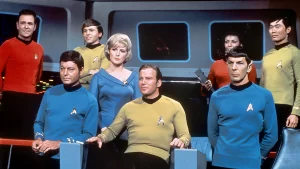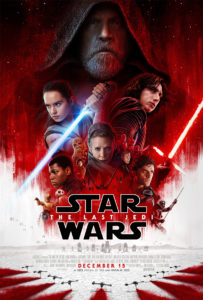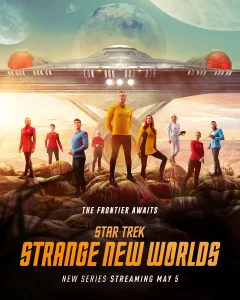.
The first rule of being a conspiracist is that you were never wrong. No fact, no evidence, can ever be admitted to have undermined in any way the fantasy you have told. A conspiracy fantasy is forever treated as fact.
The second rule is that having the secret knowledge of the conspiracy makes you special. You are wiser than those naive yokels believing what the system and the man tell them. Your cynicism against the system is proof of your wisdom. This reinforces the first rule because you can never be the naive one, and as such, your adherence to the “truth” is further evidence of your intelligence.
The third rule is that you are always on the side of the angels. The system and the man are lying to everyone for their own terrible and evil purposes. The conspiracy fantasy “exposes” the truth that the powerful are hiding, and your fight to tell this “truth” makes you heroic. You aren’t an idiot who accepted a fantastic tale of space lizards invading the world—you are the archetypal hero freeing your fellow people from that space lizard tyranny.
These three rules have trapped Trump in a snare of his own devising, and one that he may find terribly difficult to escape.
It is an accepted legal fact that wealthy financier Epstein, with the assistance of at least one person, Maxwell, groomed and sexually abused young girls. It is a matter of record that when faced with legal repercussions, he first received suspiciously lenient treatment and, following that, died in prison before a more serious legal hammer fell upon him. It is also a historical fact that Trump and Epstein enjoyed each other’s company for a number of years, as did numerous other wealthy and politically powerful people. These facts are not conspiratorial fantasy but are its foundation.
The fantasy is that there is a vast and organized group of selected powerful people who engaged with Epstein in the sexual and ritual abuse of children. This cabal includes some of the world’s most influential people, who all happen to be opposed to the political posturing of the conspiracists. Epstein’s lenient treatment is taken as evidence of the shadowy cult’s power and not simply the sad fact of life that in modern America, the rich are never held to the same accountable standard as the rest of us.
Trump, and his surrogates, fed this conspiratorial fantasy to energize their base of voters against the Democrats. The more the base believed, the more energized they became, and the more likely that Trump and company would be swept into power. The fact that it is fantasy would be irrelevant.
Except the rules say otherwise.
The conspiracy cannot be untrue, and Trump supporters know this. It has to be true, and he and his squad of righteous people were going to expose all of it.
Only they didn’t.
They tried to sweep it under the rug. The released information fell far short of what they promised. They lied about it, and for the first time, Trump told them lies that they did not want to hear.
The conspiracists are on the side of the angels. They are defending and saving children by exposing the “truth,” and that is why this story will not die like so many other examples of Trump’s blatant corruption. For the base to accept that there is nothing there and move on to something else, they must accept that they were the naive fools and that they never were on the side of the angels. People don’t work that way—hence the trap.
Maybe Trump will still squirm out of it. Like Clinton before him, he’s proved an evolutionary marvel at escaping political pitfalls, but every story comes to an end, and maybe, just maybe, this is his.




